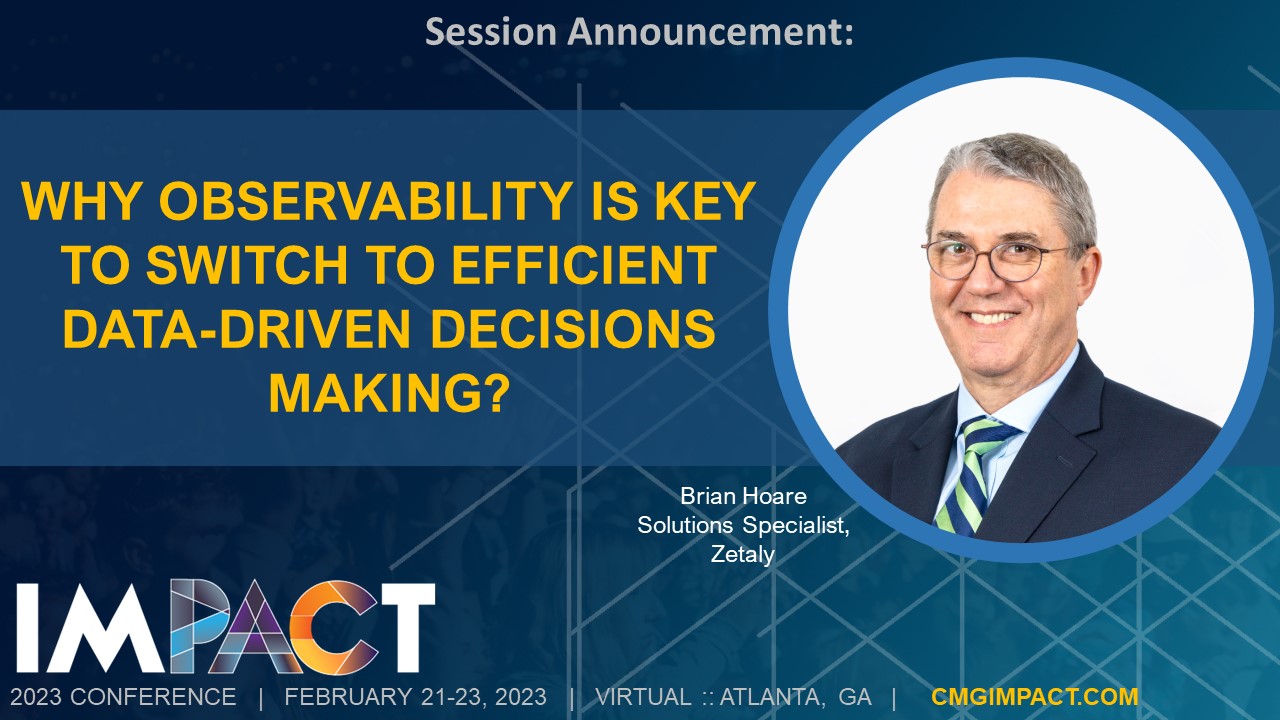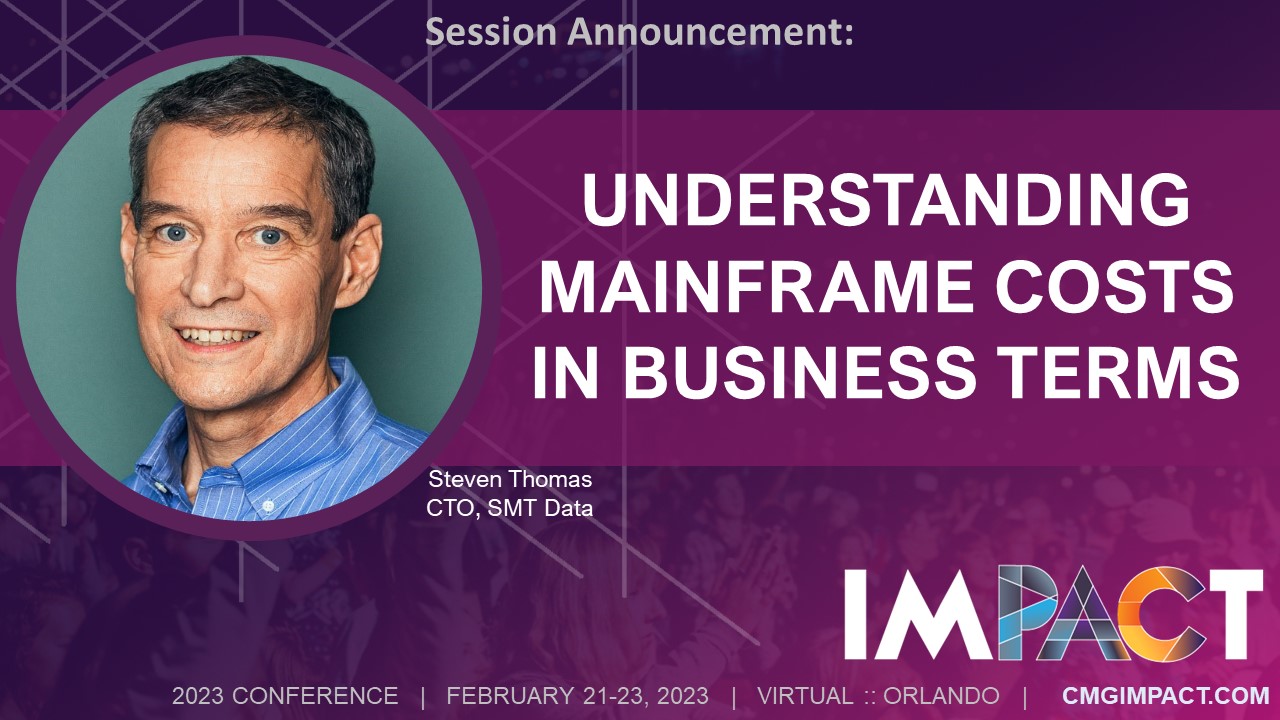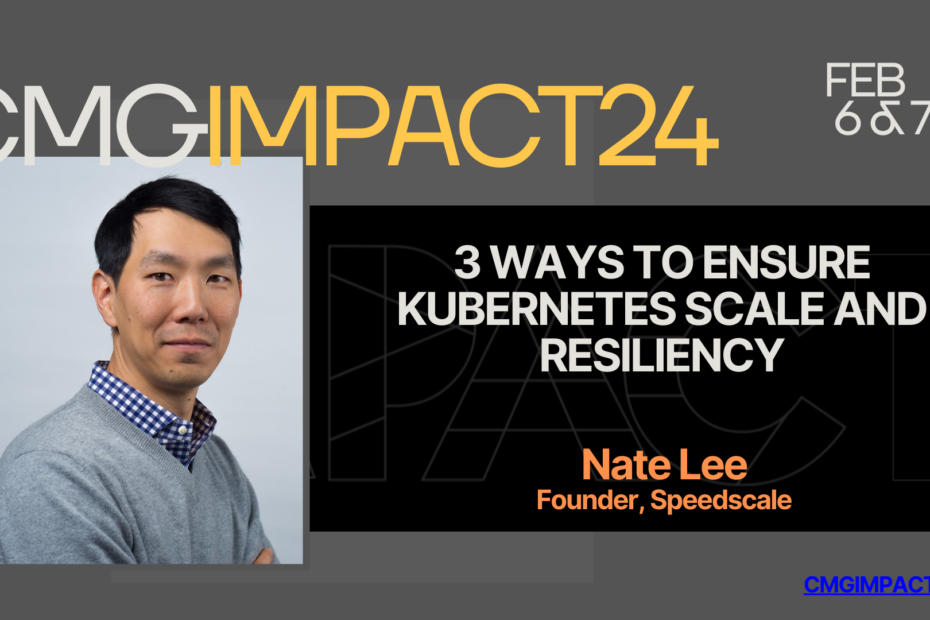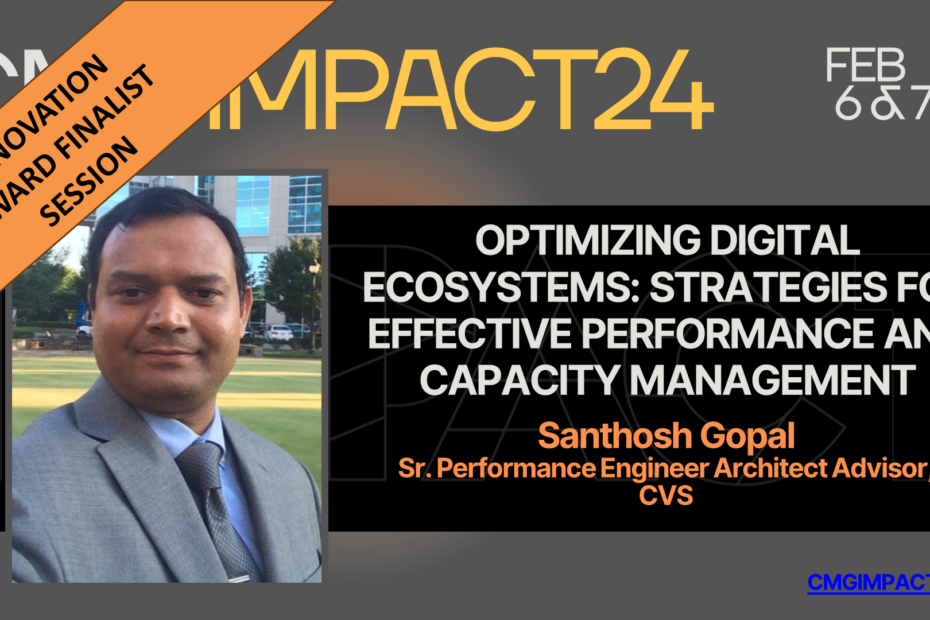About 80% of data within organizations is considered being unstructured data that is locked up inside text, emails, PDFs and scanned documents. In this session, you will learn how organizations can take advantage of AWS Intelligent document processing in combination with Generative AI to enhance document processing capabilities, improve ROI and delight customers.
Learning Objectives:
Learn how to power up your Intelligent Document Processing (IDP) pipeline with Generative AI capabilities, using services such as Amazon Textract, Amazon Comprehend, and Amazon Kendra.
Find out about real-world challenges in automating document-intensive business processes such as those in insurance claims processing, loan and mortgage application processing, and others by utilizing Generative AI.
Learn how IDP can help drive up business process efficiency, improve accuracy, and reduce costs.














